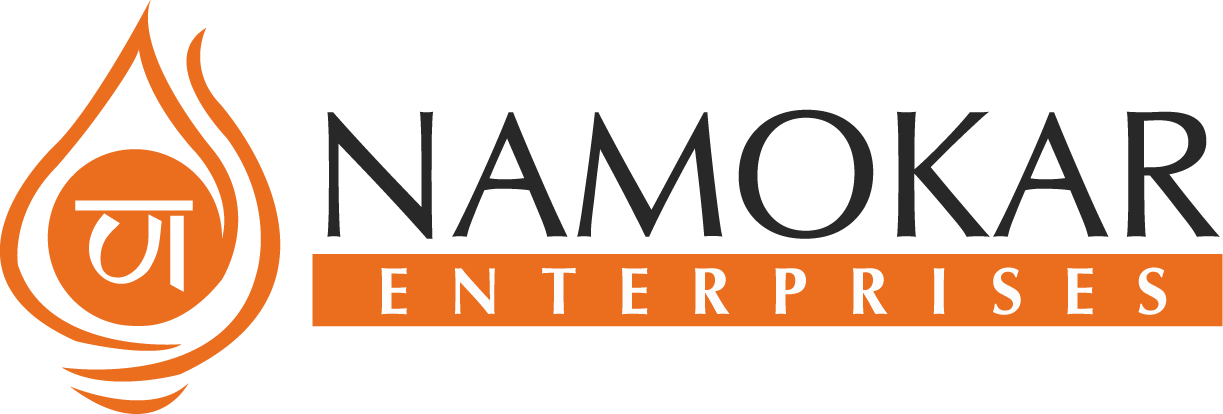Castle Valves is a prominent Indian manufacturer of industrial valves, particularly well-known for its flow control solutions in the HVAC (Heating, Ventilation, and Air Conditioning), plumbing, and fire protection sectors. The company has a history dating back to 1990 and is led by Mr. Navdeep Malhotra. Here's a comprehensive overview of Castle Valves: Company Profile: Established: 1990 (Castle Valves Private Limited was incorporated on Sep 10, 1997). Location: Primarily based in New Delhi, India, with manufacturing facilities and offices in Mayapuri Industrial Area, Phase-II. There are also listings for Castle Valves Limited in Greater Noida, Uttar Pradesh, suggesting multiple operational units or a broader manufacturing footprint. Leadership: Founded and led by Mr. Navdeep Malhotra. Focus: Manufacturing a wide range of high-quality valves for various applications, with a strong emphasis on HVAC and building services. Innovation: Castle Valves prides itself on being a pioneer in technology. They are noted as India's first company to manufacture Digital Handwheel Balancing Valves and Dynamic Pressure Independent Balancing Valves. They also specialize in Non-Return Valves with minimum head loss. Quality & Certifications: They adhere to international standards and rigorous quality control processes, holding various certifications to ensure product excellence. Revenue: As of March 31, 2022, Castle Valves Private Limited generated a revenue of ₹19.6 Cr. Product Range: Castle Valves offers a diverse and comprehensive portfolio of valves, including: Balancing Valves: Digital Handwheel Balancing Valves: Used for precise flow control and balancing in chilled water systems. The handwheel acts as a built-in flow measuring device. Dynamic Pressure Independent Balancing Valves (DIPBV): These advanced valves combine the functions of a two-way valve, a regulating valve, and a differential pressure control valve, simplifying system design and ensuring consistent flow regardless of pressure fluctuations. Available in materials like gun metal and cast iron. Butterfly Valves: Soft Seat Butterfly Valves: Featuring centric disc construction, single-piece bodies, and integrally molded seats for excellent sealing. Available in wafer type and lug type configurations. Disc materials often include S.G. Iron (Ductile Iron) or Stainless Steel (SS). Offered with lever operated (for manual control) and gear operated (for smoother operation of heavy-duty valves). Motorized Butterfly Valves: Equipped with electric quarter-turn actuators, suitable for automated ON/OFF operations and compatible with Building Management Systems (BMS). Ball Valves: Forged Brass Ball Valves: Available in various sizes, often with full bore and PN-25 pressure ratings. Ball Valves with Strainers: A popular choice for HVAC and plumbing, these valves integrate a strainer to remove particulates from fluids, protecting downstream equipment like pumps and regulators. Extended Stem Ball Valves: For specific installation requirements. Check Valves: Dual Plate Check Valves: Lightweight, compact, wafer-type check valves designed for HVAC and general service. They use two spring-loaded plates for quick closure and minimal head loss. Single Plate Wafer Check Valves: Another option for preventing backflow. Available in materials like cast iron (CI) and stainless steel (SS). Forged Brass Vertical Lift Check Valve and Forged Brass Swing Check Valve. Pressure Reducing Valves (PRV): Designed to maintain a stable downstream pressure, essential for protecting equipment and optimizing system performance. Test and Drain Valves: Compact, three-position ball valves (OFF, TEST, DRAIN) specifically designed for testing and draining wet pipe fire sprinkler systems, offering ease of maintenance and compliance.
Send Message


